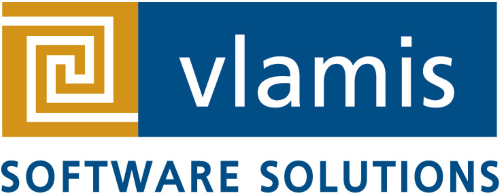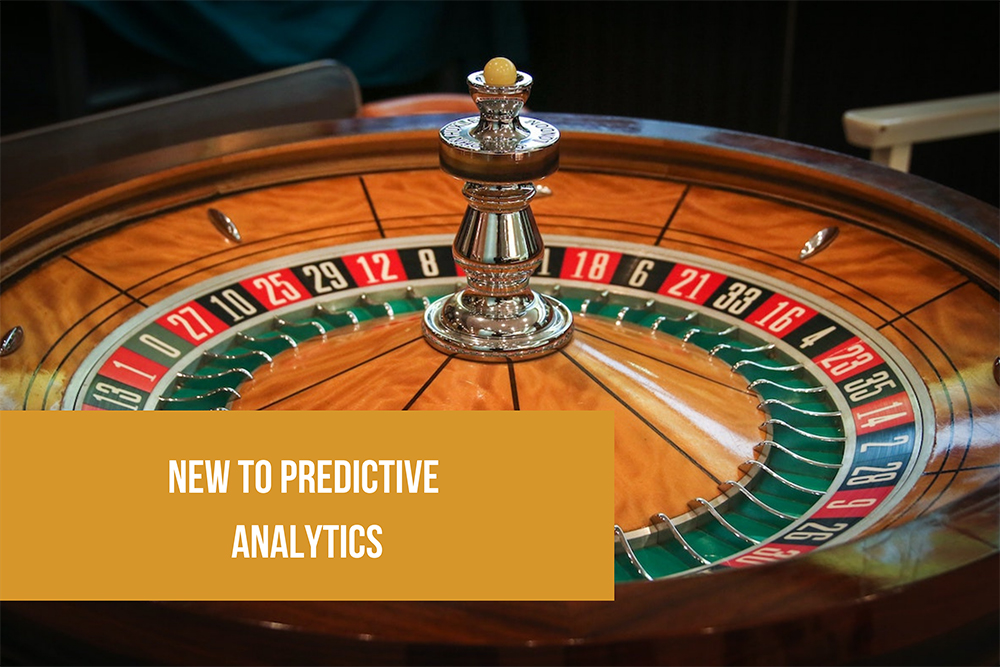Advanced Analytics Projects Are Atypical
Successful projects using data mining algorithms often have returns that are well above normal business Returns on Investment. 200%, 500% or even 1000%+ ROIs are not unheard of. So why isn’t there a rush to do more Proof of Concept projects? Having designed and pitched dozens of these, I have concluded that it’s largely because of corporate politics. I’m not using the term “corporate politics” in a pejorative sense, but rather as a fact of life that results from normal business structures and organizational dynamics. So perhaps the question is not “how do we fight better to get funding for new data mining projects?”, but rather “how do we lower the political risk associated with Proof of Concept projects using data mining algorithms and predictive analytic techniques?” We did a program with a client which did exactly that.
Place a Lot of Bets
Think like a venture capitalist. Place a large number of small bets rather than one or two large bets. We led a predictive analytics summit workshop at a client’s headquarters where representatives of different functional areas of the corporation were invited to bring their own data for two days of intense data discovery using advanced data visualization and predictive analytics tools (Oracle Data Visualization Desktop and OBIEE 12c; today, we would likely use Oracle Analytics Cloud (OAC)). There were roughly 40 participants from groups as diverse as sales, service, finance, operations, and marketing. Everyone sat at round tables organized by function in one large room (a table for sales, a table for finance, etc.). The group largely consisted of the business intelligence system’s “power users”. A few had engineering or technical backgrounds that gave them a leg up in statistics and analytics, but most were just smart people interested in their business and data analysis. We also had plenty of help on hand including representatives from the IT staff who could solve potential data connection or data structure issues, a couple of data scientists who knew statistics cold, some experts in the software interface who could help with “where do I click?” questions, and some support staff who made sure that all the conference logistics were handled.
Amazing Returns
The results were incredible. One “discovered” insight provided the >1000% ROI that qualifies as a “home run”. The workshop participant made an appointment with his VP to share the insight and its visualization for the next business day (why wait?). In total, more than 30 projects were identified as potentially significant areas for future work and development. Was it all rainbows and unicorns? Not at all. Some people struggled to prepare their data sets fully for predictive analytic processes. Others changed their minds in the middle of an analysis and never really finished. But there was no stigma attached to not hitting a homerun. Everyone there contributed to the overall success of the workshop. Perhaps one of the most significant outcomes was the cross-functional collaboration between the different teams. We asked people to present their initial findings and visualizations to the entire room in the context of their business problem. It got people thinking broadly about the business and how their work might intersect with others’ work. It also showed different visualization and analytic techniques. And it provided a bit of a break from discovery work without losing momentum in the workshop.
The Secret to Success Lies in the Preparation
Everyone who does data mining or predictive analytics knows that half the battle and more than half the work is in preparing the data. Likewise, there is a lot of work in preparing a successful workshop and setting everyone up for success. For example, we leveraged several of our internal processes that we typically use on consulting engagements. All participants were required to write up their business cases beforehand using an outline of questions we provided. Participants had to submit their individual data sets in advance based on explicit directions. Finally, all participants were asked to review introductory articles and videos on predictive analytics so a common foundation of terms and concepts could be leveraged in the actual hands-on work. There were also “preworkshop” meetings where we reviewed the process and answered questions and made sure that people were making progress on their business cases and data sets. Using one of the data sets, we developed a training exercise customized to their data with a step-by-step data discovery process so that participants could see theory applied in practice.
The Best Way to Get Started is to… Start
Do you want to help predictive analytics get going in your business? Consider sponsoring a multi-day workshop for a group of power users with several different business cases. You may not know precisely which cases will be the winners going in and the proctors may have to accept some degree of discomfort in not knowing the details of the “live” data sets, but that’s basically what venture capitalists do. They spread their bets, assist where they can, and somehow, they manage to do pretty well.
If you want to talk about your business and how a workshop might help, send a note to tvlamis@vlamis.com or just call me at 816-781-2880.



